The FBI has opened a domestic terrorism investigation into the California food festival shooting that left three dead, including two children.
Officials on Tuesday revealed they had discovered gunman Santino William Legan's "target list" which included religious and federal buildings.
Agent John Bennett said Legan, 19, was "exploring violent ideologies" but the FBI has not yet confirmed a motive.
Police are also linking two other recent shootings to violent ideology.
An attack in El Paso on Saturday which left 22 dead is being investigated as a domestic terrorism case. Law enforcement officials are studying an anti-Hispanic document posted online prior to the attack.
And on Tuesday, the FBI said a gunman in Dayton, Ohio, where nine people were killed on Sunday, also followed a "violent ideology".
But they said they had found no evidence that the attack was racially motivated.
The shooting at the garlic festival in Gilroy was the first of three mass shootings in eight days that together claimed 34 lives and wounded more than 50.
Legan died from a self-inflicted wound shortly after the attack in California on 28 July.

At a news conference on Tuesday, Mr Bennett said: "We have seen a fractured ideology.
"The shooter appeared to have an interest in varying competing violent ideologies."
Due to the discovery of the target list and other information, the FBI has opened a "full domestic terrorism investigation", he said.
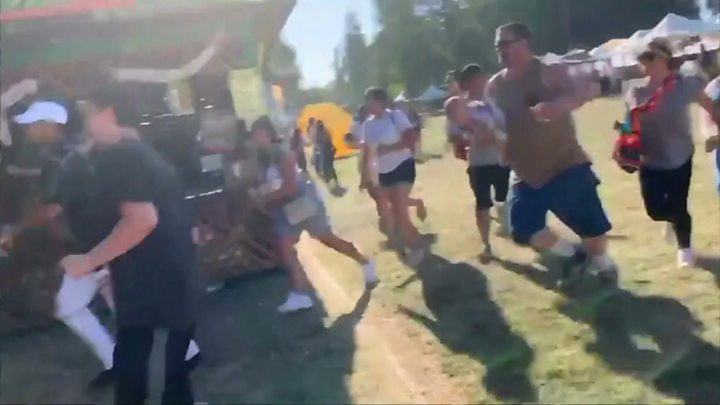
Investigators found a list of groups from Legan's digital media "that may have been potential targets of violence", Mr Bennett said.
Officials are in the process of notifying the organisations, but will not confirm any names.
"These organisations from across the country include religious institutions, federal buildings, courthouses, political organisations from both major political parties and the Gilroy garlic festival."
Legan opened fire on festival-goers using an "AK-47-type" assault rifle he had purchased legally.
Authorities have identified the three victims killed in the attack as six-year-old Stephen Romero, 13-year-old Keyla Allison Salazar and Trevor Deon Irby, 25. Sixteen others were also wounded.
- 'I've never been scared of being Hispanic - until now'
- El Paso and Dayton shootings: Who were the victims?
Three police officers engaged the suspect immediately and were able to injure him. Legan then died from a self-inflicted gunshot wound, according to a coroner's report.
Legan's family issued a statement to US media on Tuesday apologising to the families of the victims and saying they were "deeply shocked and horrified by the actions of our son".
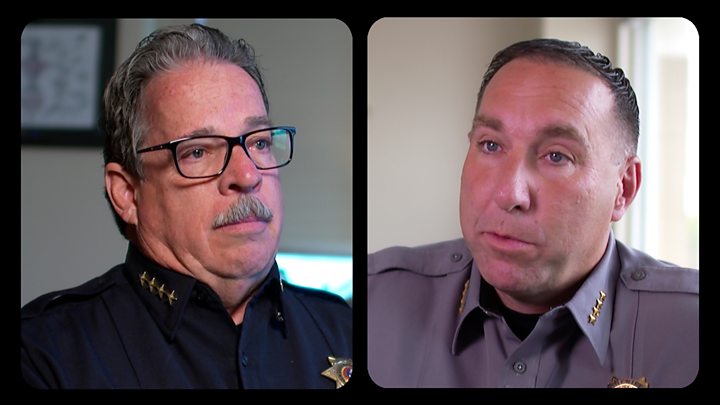
"We have never and would never condone the hateful thoughts and ideologies that led to this event, and it is impossible to reconcile this with the son we thought we knew.
"Our son is gone, and we will forever have unanswered questions as to how or why any of this has happened."
Developments elsewhere on Tuesday include:
- Ohio's Republican governor Mike DeWine, urged to "do something" by a crowd on Sunday night, announced some new measures including a modified "red flag" law that would allow judges to remove firearms from individuals deemed to be a danger
- Dayton's Democratic mayor Nan Whaley said she will tell President Donald Trump "how unhelpful he's been" during the president's visit on Wednesday to the site of the shooting
- In El Paso, the families of the victims have begun to speak out, mourning the loss of their loved ones. One father who lost his youngest son told us at the BBC that he has forgiven the gunman
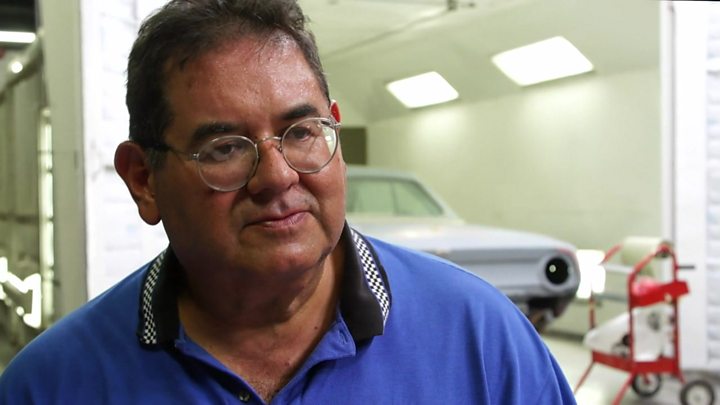
President Donald Trump will visit Dayton and El Paso on Wednesday to console both communities.
But he has come under criticism for his anti-immigration rhetoric and some in El Paso have said he should stay away.

More on US and guns
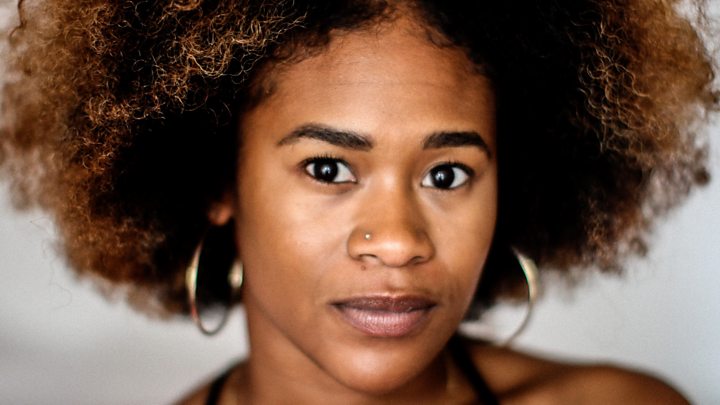
US & Canada
Celebrated author Toni Morrison dies
- 6 August 2019
- Entertainment & Arts
Trump sues California over tax return law
- 6 August 2019
- US & Canada
Texas police sorry for leading black man by rope
- 6 August 2019
- US & Canada
Features
Elsewhere on the BBC
Football phrases
15 sayings from around the world


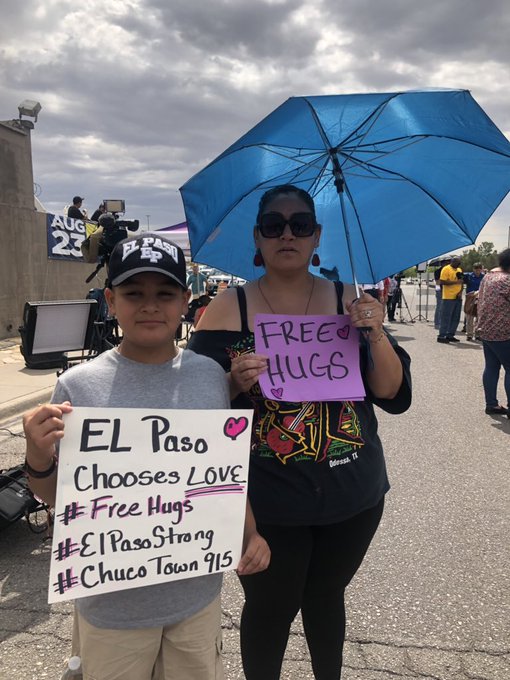
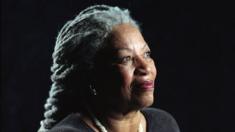
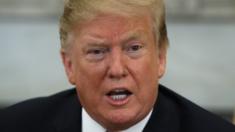
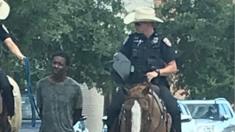
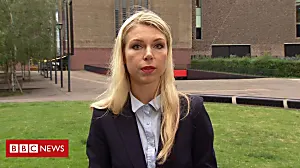
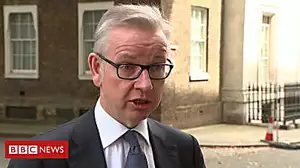
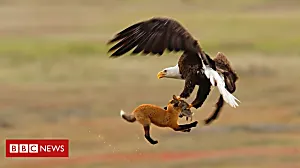
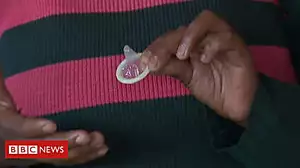
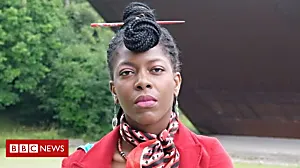
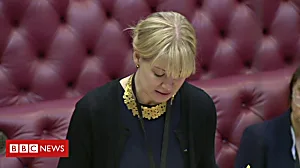
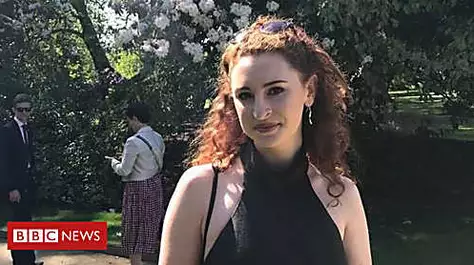

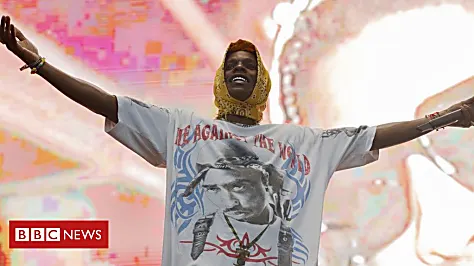

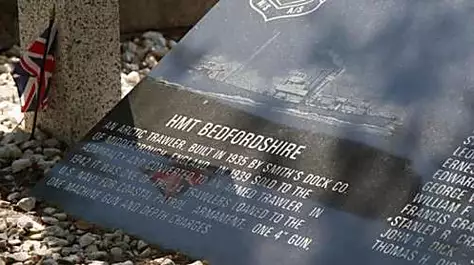


![[Photos] Where Are The Women From 'Two And A Half Men Today'? [Photos] Where Are The Women From 'Two And A Half Men Today'?](https://images.outbrainimg.com/transform/v3/eyJpdSI6IjFlMmYzNTM5OWQ5NjQ1NDFjYmY4ZWZiNDg5YzdiYmI5MDdlNDJlMTdiYmU0YWQ0YjE0MmQ0ZWU5YjQwNTUyOWYiLCJ3IjoxNjAsImgiOjkwLCJkIjoxLjUsImNzIjowLCJmIjo0fQ.webp)

![[Photos] Hidden Room Of Thomas Jefferson's Mansion Solves 200-Year-Old Mystery [Photos] Hidden Room Of Thomas Jefferson's Mansion Solves 200-Year-Old Mystery](https://images.outbrainimg.com/transform/v3/eyJpdSI6IjA0YjUzMTJkNDJmMDk5ZjAwYTExYTM2ZjM1NGExMGNkNTQ5NDBlOTc4MDlkYjNmZDM4YTc2ZWNhYjM1MDUwNTgiLCJ3IjoxNjAsImgiOjkwLCJkIjoxLjUsImNzIjowLCJmIjo0fQ.webp)

![[Pic] Find Out The Story Behind The Most Beautiful Songs In History [Pic] Find Out The Story Behind The Most Beautiful Songs In History](https://images.outbrainimg.com/transform/v3/eyJpdSI6ImUxZTlmOGMyZTAyMGJlZjlkYjVkOGY0NjRmYjc4NjliY2RiNTgzY2RlZjg0OGE3MjY4YjU4OTM5YjA1NTE5NDkiLCJ3IjoxNjAsImgiOjkwLCJkIjoxLjUsImNzIjowLCJmIjo0fQ.webp)
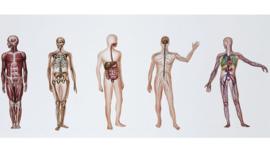

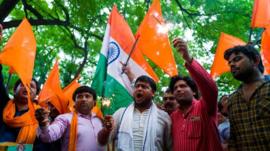

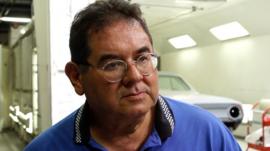

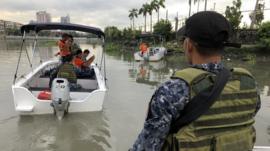
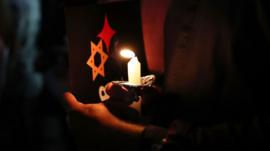
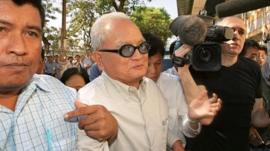

No comments:
Post a Comment